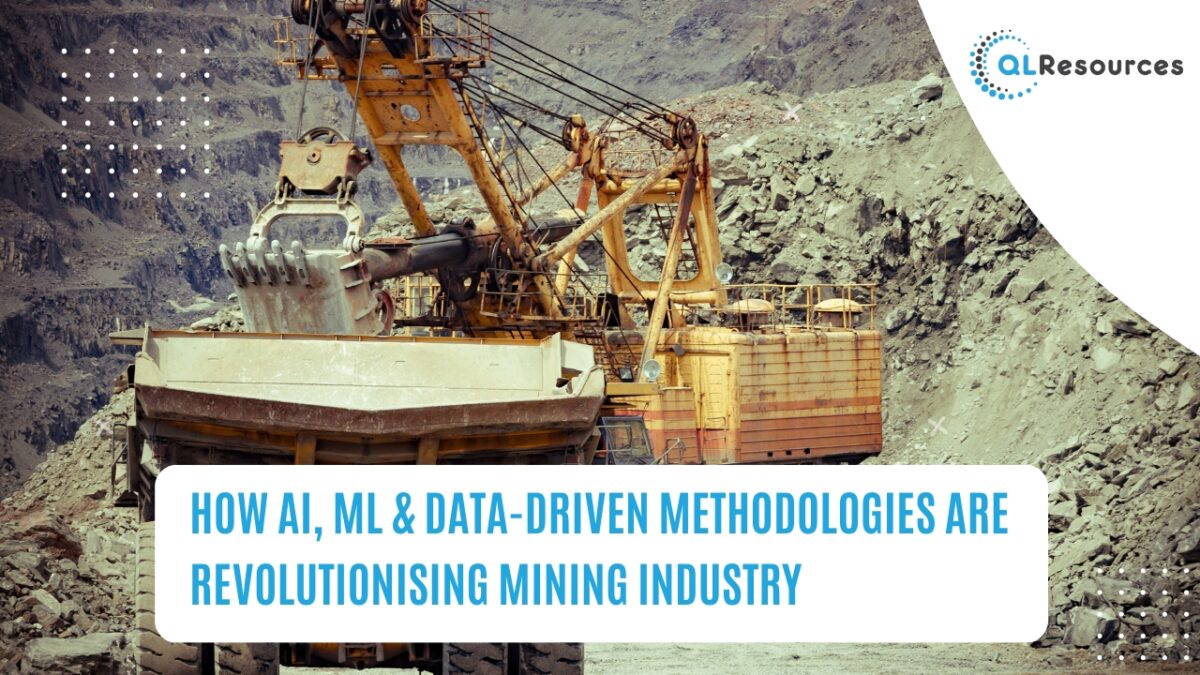Critical minerals are essential components in modern technologies such as renewable energy, electric vehicles, and advanced manufacturing. These minerals play a vital role in powering our world and shaping our future. However, their exploration and production are not without challenges, making it important to address these challenges in order to maintain consistency in demand and supply.
One of the key challenges in exploring critical minerals is the scarcity of these minerals. Many critical minerals are found in limited locations around the world, making it difficult to meet the growing demand for these minerals. In addition, complex geology, environmental restrictions, and deep mineral deposits can also make it challenging to explore and extract these minerals.
Another challenge is the competition for resources. The demand for critical minerals is increasing globally, leading to high prices and difficulty in securing long-term supplies. Furthermore, the limited infrastructure in remote areas can also make it challenging to explore and extract minerals, increasing the cost and time required for these activities.
In order to maintain consistency in demand and supply, it is important to invest in new technologies, such as AI, and improve infrastructure. By incorporating new technologies, it is possible to overcome the geological challenges and identify new mineral deposits more quickly and efficiently. In addition, improving infrastructure in remote areas can make it easier to explore and extract minerals, reducing the cost and time required for these activities.
Another way to maintain consistency in demand and supply is by promoting responsible mining practices. This includes reducing waste and minimising the impact on the environment, as well as ensuring the safety and welfare of workers involved in the exploration and extraction of these minerals.
In conclusion, critical minerals are essential components in modern technologies, but their exploration and production face numerous challenges. By addressing these challenges through investment in new technologies, improving infrastructure, and promoting responsible mining practices, it is possible to maintain consistency in demand and supply of critical minerals.

